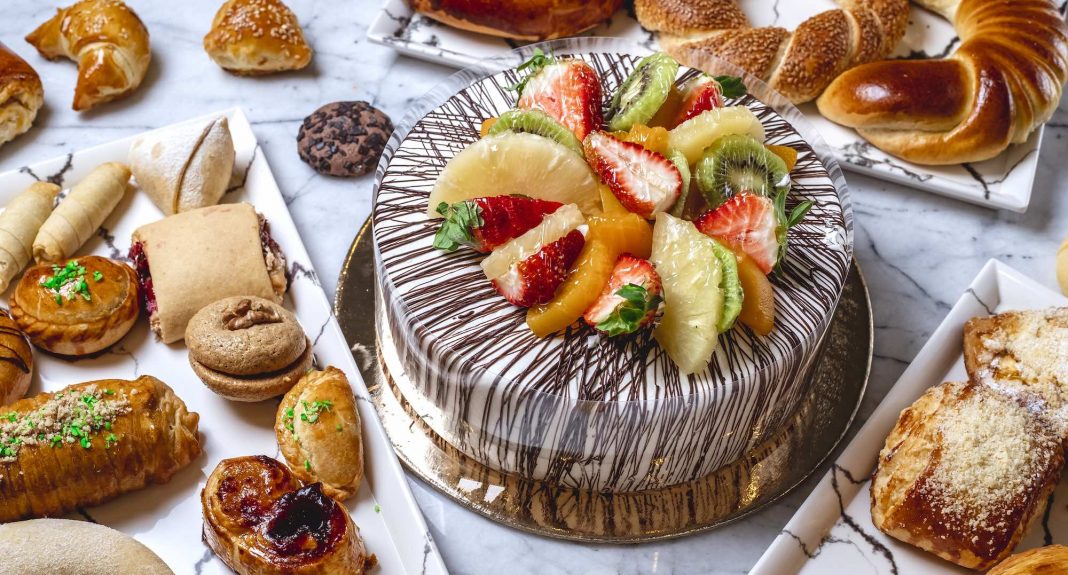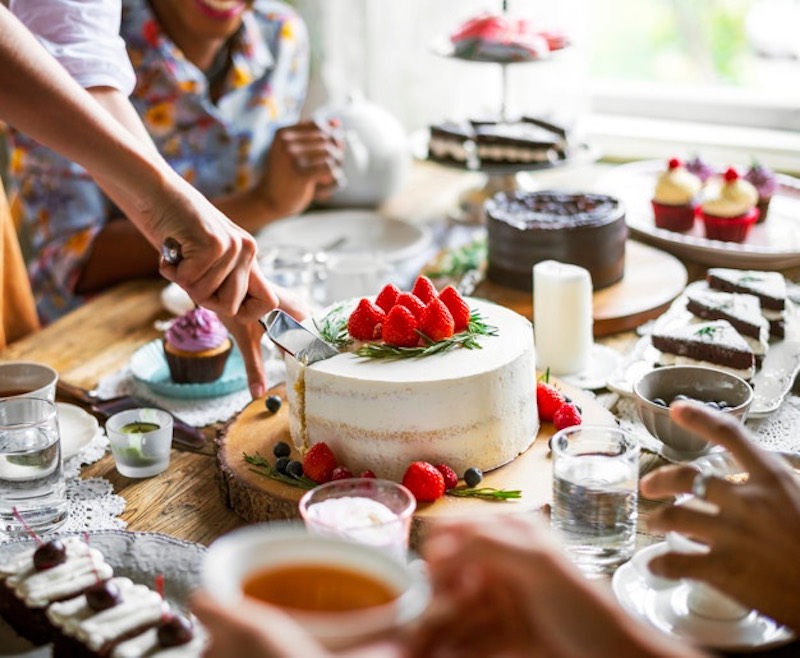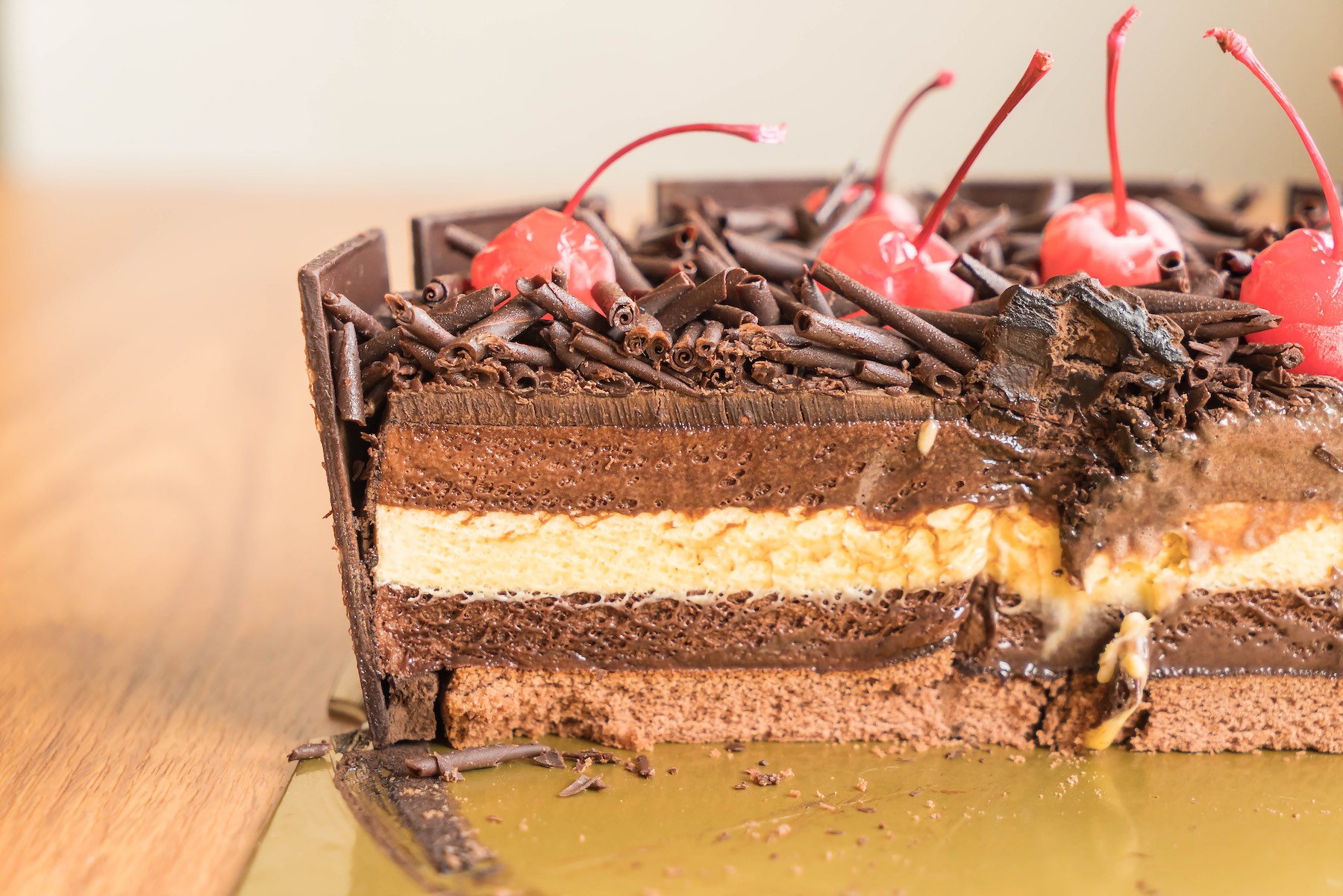Baking a cake is a delightful journey that marries the precision of science with the boundless creativity of art. It’s a journey that begins with a handful of simple ingredients—flour, sugar, eggs, and leavening agents—and transforms them into a masterpiece that can brighten any occasion, from birthdays to anniversaries, or simply elevate an ordinary day with a touch of sweetness.
In the world of baking, cakes hold a special place. They are symbols of celebration, comfort, and indulgence. From the moment you mix your first batch of batter to the final flourish of frosting or decoration, each step is an expression of love and craftsmanship.
In this article, we will embark on a culinary adventure, exploring the essential tips and techniques that will help you master the art of baking and create perfect homemade cakes. We will delve into the science behind creating the ideal batter, discuss ways to add a personal touch for occasions, uncover the timeless charm of classic cakes, and even venture into the realm of surprise with a delightful cake recipe.
So, roll up your sleeves, preheat your oven, and let’s dive into the enchanting world of cake baking, where every cake is a canvas for your imagination and every slice tells a story of sweetness and joy.
I. The Foundation: Preparing the Perfect Batter
When it comes to baking, the foundation of any delicious cake lies in the batter. Achieving the right consistency and texture is absolutely crucial, and it all starts with proper preparation. It’s here, at the very beginning, that the magic begins to take shape in your mixing bowl.
Cake Batter: Batter is the heart of any cake, consisting of ingredients like flour, sugar, eggs, and leavening agents (baking powder or baking soda). The science of creating the perfect batter revolves around the precise combination of these elements, resulting in a smooth, lump-free, and well-aerated mixture.
Tips for Preparing Cake Batter:
Room Temperature Ingredients: To ensure a smooth batter, make sure ingredients like eggs, butter, and milk are at room temperature. This allows for better blending and results in a smoother batter.
Sift Dry Ingredients: Sifting dry ingredients like flour, baking powder, and salt before adding them to the wet ingredients is a crucial step. Sifting helps remove lumps and aerates the flour, leading to a lighter cake.
Mix Gradually: Add dry ingredients to wet ingredients gradually, in small portions. Mix just until combined to avoid overmixing, which can lead to a dense cake.
Use the Right Mixing Technique: Depending on the type of cake you’re making, you may use different mixing techniques. For butter cakes, creaming the butter and sugar together is common. Delicate sponges may require gentle folding, while the two-stage method is suitable for cakes. Choosing the right technique contributes to the cake’s texture.
II. Special Occasion Cakes: Adding a Personal Touch
Homemade cakes often take center stage at occasions. Personalizing your cake with unique decorations, frosting designs, and personalized messages can make it even more memorable.
Special Occasion: Occasions call for cakes that reflect the celebratory spirit. Consider customizing your cake with decorations, frosting designs, or even personalized messages. Use edible food colors, fondant, or edible printing to create unique designs.
Eggless Cakes: For those with dietary restrictions or allergies, egg free cakes are a fantastic option. Replacing eggs can be done with various substitutes like applesauce, yogurt, or commercial egg replacers. Egg free cakes can be just as moist and flavorful as their egg-based counterparts.
III. The Classic Cake: A Timeless Favorite
The cake is a classic favorite known for its rich, buttery flavor and dense crumb. Mastering this timeless delight requires attention to detail.
Pound Cake: The traditional cake is characterized by its simple yet luxurious ingredients: a pound each of butter, sugar, eggs, and flour, hence the name. Modern variations may use smaller quantities of these ingredients for a more manageable cake.
Tips for a Perfect Pound Cake:
Butter Quality: The quality of butter greatly impacts the flavor of your cake. It’s essential to use high-quality butter and make sure it’s softened to room temperature for easier creaming.
Creaming Method: Cream the butter and sugar together thoroughly until the mixture becomes pale and fluffy. This step incorporates air into the batter, resulting in a tender crumb.
Gradual Addition of Eggs: Add eggs one at a time, allowing each to fully incorporate before adding the next. This ensures an even mixture and prevents curdling.
Sift Flour: Sifting the flour before adding it to the batter is crucial. Sifting removes lumps and contributes to a smoother texture.
Low and Slow Baking: Cakes are best baked at a lower temperature for a longer time. This ensures even baking and prevents the cake from developing a thick crust.
IV. Bonus Recipe: Pull-Up Cake for a Fun Twist
A pull up cake is a delightful surprise that combines the joy of cake with hidden treasures inside. Here’s a simple recipe to try:
Ingredients:
Your favorite batter (prepared)
A small, oven-safe container (such as a ramekin) filled with a surprise (e.g., mini marshmallows, chocolate chips, or a small toy)
Instructions:
Preheat your oven and prepare your batter as per your chosen recipe.
Grease and line a cake pan.
Pour a thin layer of batter into the pan.
Place the small container filled with your chosen surprise in the center of the pan.
Carefully pour the remaining batter over the container, ensuring it’s completely covered.
Bake the cake according to your recipe’s instructions.
Once the cake is baked and cooled, remove it from the pan. When sliced, your cake will reveal the hidden surprise!
Conclusion
Mastering the art of baking perfect homemade cakes is a journey that encompasses a delightful blend of science, artistry, and passion. These cakes are more than just desserts; they are an expression of love and creativity, bringing joy to both the baker and those fortunate enough to savor their creations.
Throughout this exploration, we have delved into the essential components of cake baking, from the critical aspects of preparing the perfect batter to the artistry of decorating cakes for occasions. We’ve also uncovered the timeless appeal of classic cakes, with their rich, buttery flavor and dense crumb, providing a taste of nostalgia in every bite. And we’ve ventured into the realm of surprise and delight with the pull-up cake, a playful twist that adds an element of wonder to the baking experience.
As you embark on your own cake-baking adventures, remember that while recipes provide guidance, your personal touch and creativity are the secret ingredients that make your cakes truly special. Don’t hesitate to experiment with flavors, fillings, and decorations. Every cake you bake is a canvas waiting to be adorned with your unique vision.
Whether you’re baking for a occasion or simply satisfying a sweet craving, the process of creating homemade cakes is not just about the end result—it’s about the journey. It’s about the joy of mixing ingredients, the anticipation of watching your cake rise in the oven, and the satisfaction of sharing your creation with loved ones.
So, go ahead, preheat your oven, gather your ingredients, and let your imagination take flight. With the right techniques and a dash of creativity, you’ll become a cake-baking maestro in no time, delighting friends and family with your delectable creations.
May your kitchen be filled with the aroma of freshly baked cakes, and may each slice bring a smile to the faces of those you share them with. Happy baking!









